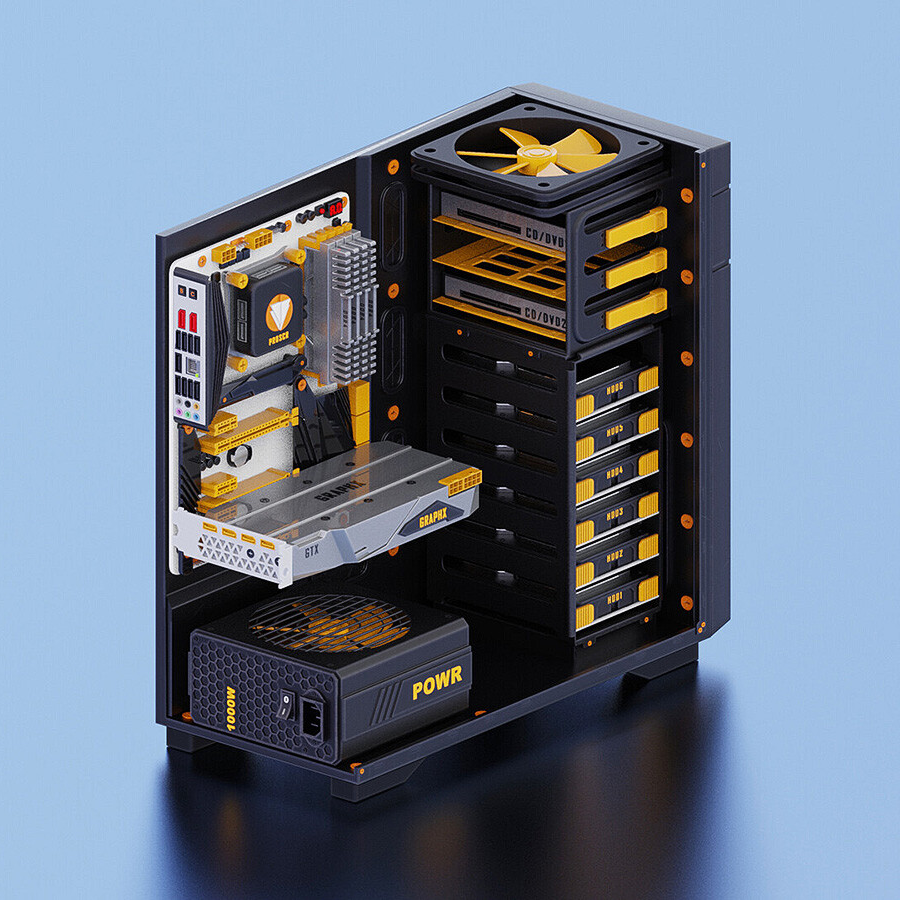I am building a new PC. I want to run Linux and windows on separate SATA 2.5/3.5 SSD hard drives. I need windows (Winn11 Pro) for work. Linux will run all personal computing needs.
I have a horrible history with dual booting Linux and windows (grub getting murdered).
I currently plan to shut down the PC, switch power to the drives, and start up on the other OS.
Can i use a switch which only toggles power to each drive while keeping data cables attached to accomplish this? Will this be possible with windows on one drive?
Is there a smarter solution?
Example: https://www.amazon.com/Kingwin-Optimized-Controls-Provide-Longevity/dp/B00TZR3E70
Thanks!
I’m not sure I’d go that far to be honest. 1) windows behaves much better when it has its own drive to install on and 2) linux boot loaders become less important because if you break it, you can use your bios to force boot windows and it’ll still boot.
IMHO, two drives is the way to go with dual boot. Set the Linux drive in the bios as the primary boot drive, and configure the bootloader to add the windows drive to the menu. While you’re learning that, you can boot windows through the bios, once you get it, you’re always presented with a menu upon boot to pick which one you want.
One final word of advice, buy different drives. Either manufacturer or size. It’ll be easier to tell them apart when you’re doing disk operations.
Good luck!
Thanks! I’ll try this first.
Rip… Both drives will be the same hw. But as long as there always in the same order in bios/bootloader it should be fine.
It’s fine they are identical. In the past, it was easy to just unplug the drive you didn’t want to mess with just to be sure (sata cables), but it’s a little harder with m.2 drives. Write the uuid #s down and identify them that way…
I might be missing someone here but could you not just set them up independently then just use the uefi boot menu to boot your ssd of choice? No need for power switcher or extra parts or software then no?
Historically I’ve had issues with windows(update) blasting grub config leading to Linux delete and painful recovery of windows boot
I hear about this happening with disk partitions, but this shouldn’t happen on independent disks. I’ve been using fedora alongside win10 and 11 for several years now with no issues.
One thing worth noting is that windows will attempt to place it’s bootloader on SATA 0, regardless of where its OS files are situated. I’d recommend disconnecting all other disks when installing Windows.
The device you linked is interesting, however. I wish there was a a hardware mechanism which offered you different power buttons for the OS you’d like to start into from a cold boot, though I could see the option you linked working depending on boot order.
Cool thanks for the info! Ill put win on sata 0 and install before putting the second drive in!
The hardware switch idea would be to preclude bios boot leader selection altogether
It’ll only attempt to place those files on sata 0 if there’s a disk connected. I’m not sure if it will move up the index in lieu of disk0, I suppose I should test that at some point.
In any case, you can just isolate it on first install at any SATA slot you find convenient; in-place systme upgrades shouldn’t move things around afterwards.
Depending on your needs, virtual machine might be the easiest solution.
Dual boot is my preference. I want either OS to be able to do system management and direct hardware access.
You could boot Linux off an external drive that you can uplug. If you’re feeling barbaric…
Oh absolutely not. I would lose that faster than my car keys



